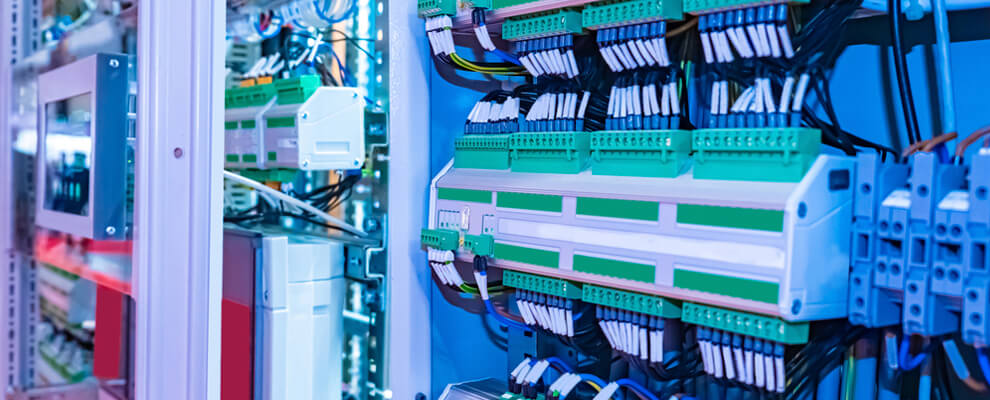Whether you run a factory, a massive power plant, or just the infrastructure between it all, having clean, reliable power is a must. Power quality can be affected by a number of variables at various points in your systems, regardless of their size. That’s why power quality analysis is vital to ensure that your equipment is functioning properly. There are several other benefits to regular power quality maintenance.

What Is Power Quality Analysis and Why Is It Important?
Defining Power Quality
Pinpointing a single definition for power quality is not as straightforward as you might think. Two schools of thought dominate the discourse. One focuses on the power itself, while the other looks at the context. With regards to the former, many will claim that quality power is consistent power. This means constant voltage with as close to zero deviation as possible along with a smooth sine wave frequency in the case of AC current.
However, others focus on the loads in the system. Consistent power is meaningless if it’s consistently wrong for the system it’s in, or so the thinking goes. A component that requires 12V DC power needs exactly that, so quality is determined by how much the power being delivered matches the power needed by the load. Most electrical engineers will use both of these perspectives to ensure maximum quality power.
Why Analyze Power Quality?
Energy companies are well aware of the need to monitor, measure, and correct power delivery. After all, energy is literally their flagship product. Of course, if you’re in the business of energy generation or power delivery, you’re going to analyze your power at regular intervals for quality control. But industrial businesses also need to take power quality into consideration.
Generally speaking, the more you manipulate power, the more you need to validate its quality. Each transformation presents an opportunity for power quality to degrade. But even if all you’re doing is helping a single voltage get from point A to point B, you’ll need to perform regular power quality analysis throughout the network. Faults along the way can degrade quality and create problems for end-users. How you perform that analysis will depend on the situation.
Micro-Scale Quality Measurements
Power analysis is fundamentally the same regardless of the application. You measure the power that comes into a system and then measure the power that comes out of it after being passed through a load or transformer to ensure that it isn’t being affected negatively by components in the system. At the micro-scale, quality analysis is complex, but the risks of not doing so are perhaps greater than anywhere else. Consider a common example: data centers.
Data centers consume vast quantities of power to keep all of their server computers running smoothly. Power quality analysis occurs at several places in the data center. First, they monitor mains power reaching the building. More importantly, however, they have to monitor power quality at each computing unit’s power supply. Even a minor deviation in DC voltage can cause an entire computer to crash. Severe deviations can damage expensive components. The computers themselves output reports regarding their internal voltage.
Macro-Scale Quality Measurements
Large-scale operations have quality measurements to take too. Current needs to be monitored, especially when transmitting power over long distances. Too much current can lead to sagging power lines, which can short circuit with nearby trees or buildings. Transformers must be monitored to measure efficiency and identify components that need repair or replacement. The frequency of AC power becomes a priority at the point of generation.
Benefits of Regular Power Quality Analysis
Regular power analysis serves several important purposes. First of all, it protects your assets. Regardless of your business, you want to make sure your assets are consuming the exact kind of power they need. Anything else will lead to increased stress on components and cause early failures. You can also spot failing power infrastructure by regularly tracking input and output measurements. When a piece of equipment stops producing reliable output, it’s time to perform maintenance.
The more you monitor and analyze, the faster you can respond to issues. You can even prevent them from becoming problems in the first place.
Solving Power Problems
At SAAB RDS, we’re experts in industrial applications, including power generation, delivery, and monitoring. If you need help developing a power quality control plan, contact SAAB RDS to learn how we can help.
